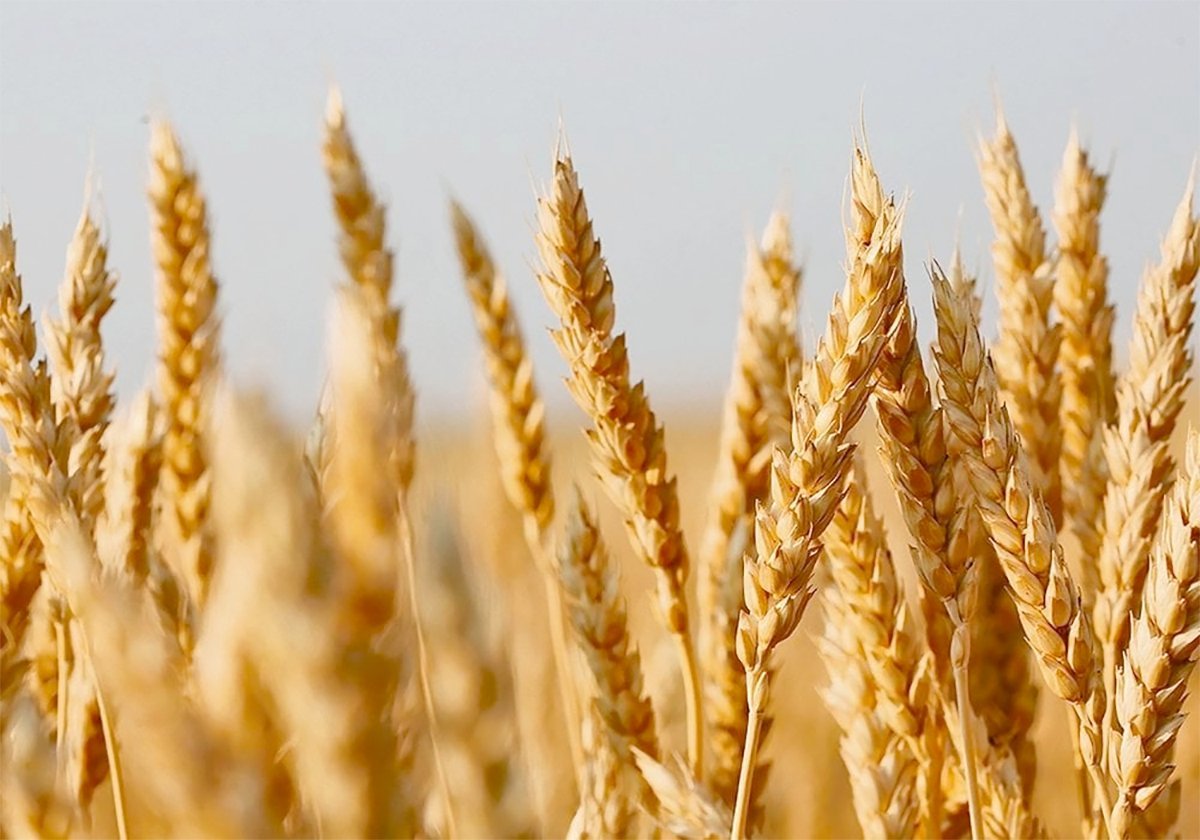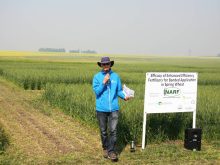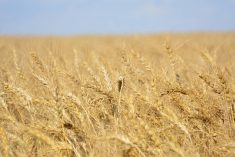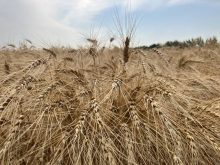The main headlines in the USDA Prospective Plantings report deal with the expected corn and soybean plantings. Corn area came in above expectations at 95.326 million acres which is up by five per cent from last year. Soybean area dropped by four per cent to 83.495 million acres. In Western Canada the real interest is in crops that are considered niche in most U.S. analytical services.
Spring wheat area is the largest of the “niche” crops and USDA expects farmers to plant only 10.02 million acres. This is the smallest spring wheat area planted since 1970. This estimate was lower than trade expectations of 10.5 million acres and also smaller than the USDA outlook estimate of 10.6 million acres. Hard Red Spring (HRS) area was estimated at 9.4 million acres. The lower spring wheat area resulted in the second lowest all wheat planted area since 1919.

The spring wheat area dropped by 12 per cent in Montana to 2.15 million acres, which was not unexpected as winter wheat area in the state increased by 18 per cent last fall. Spring wheat area in North Dakota dropped by six per cent to 5.05 million acres. Most of the lower area in North Dakota is expected to be planted to corn which is up by six per cent.

Durum area is expected to also drop this year, but only by 49,000 acres to 2.015 million acres. North Dakota area actually was forecast to increase by eight per cent to 1.19 million acres, while the durum area in Montana is expected to decline by 14 per cent.
Canola area in the U.S. is expected to drop by seven per cent to 2.566 million acres. North Dakota area is expected to drop by four per cent to 2.05 million acres. Montana is also expected to reduce canola area by 23 per cent this year. Sunflowers were a big winner in the acreage report with a gain of 49 per cent. The primary gains were in oil sunflowers in North Dakota which increased by 96 per cent.

Barley and oat area also declined from trade estimates and last year. So much for a bump in sown area due to the threat of tariffs. Barley area is expected to drop by two per cent to 2.3 million acres. Oat area was also down by two per cent to 2.177 million acres.
Read Also

New program aims to support plant-based exports to Asia
Understanding the preferences of consumers in Taiwan and how they differ from Indonesia or Malaysia isn’t easy for a small company in Saskatchewan.
Chickpea area was expected to increase by 12 per cent to 561,000 acres this spring. Lentils were also expected to move higher by 18 per cent to 1.1 million acres. Pea area is expected to drop by eight per cent to 895,000 acres.
The USDA report provides an interesting contrast to the Canadian estimates published earlier this month. U.S. spring wheat area dropped in the report, but Canada is expected to increase spring wheat area by 2. 5 per cent. Durum area in both countries is expected to remain relatively unchanged from last year. Canola area is expected to drop on both sides of the border this year.
The Canadian estimates were surveyed before the threat of tariffs became a real possibility, but the U.S. survey was done earlier this month. This should have captured intentions after the tariffs were a real possibility. One can quickly conclude that the threat of tariffs seemed not to impact the area of crops grown in the Northern Plains of the U.S.

















